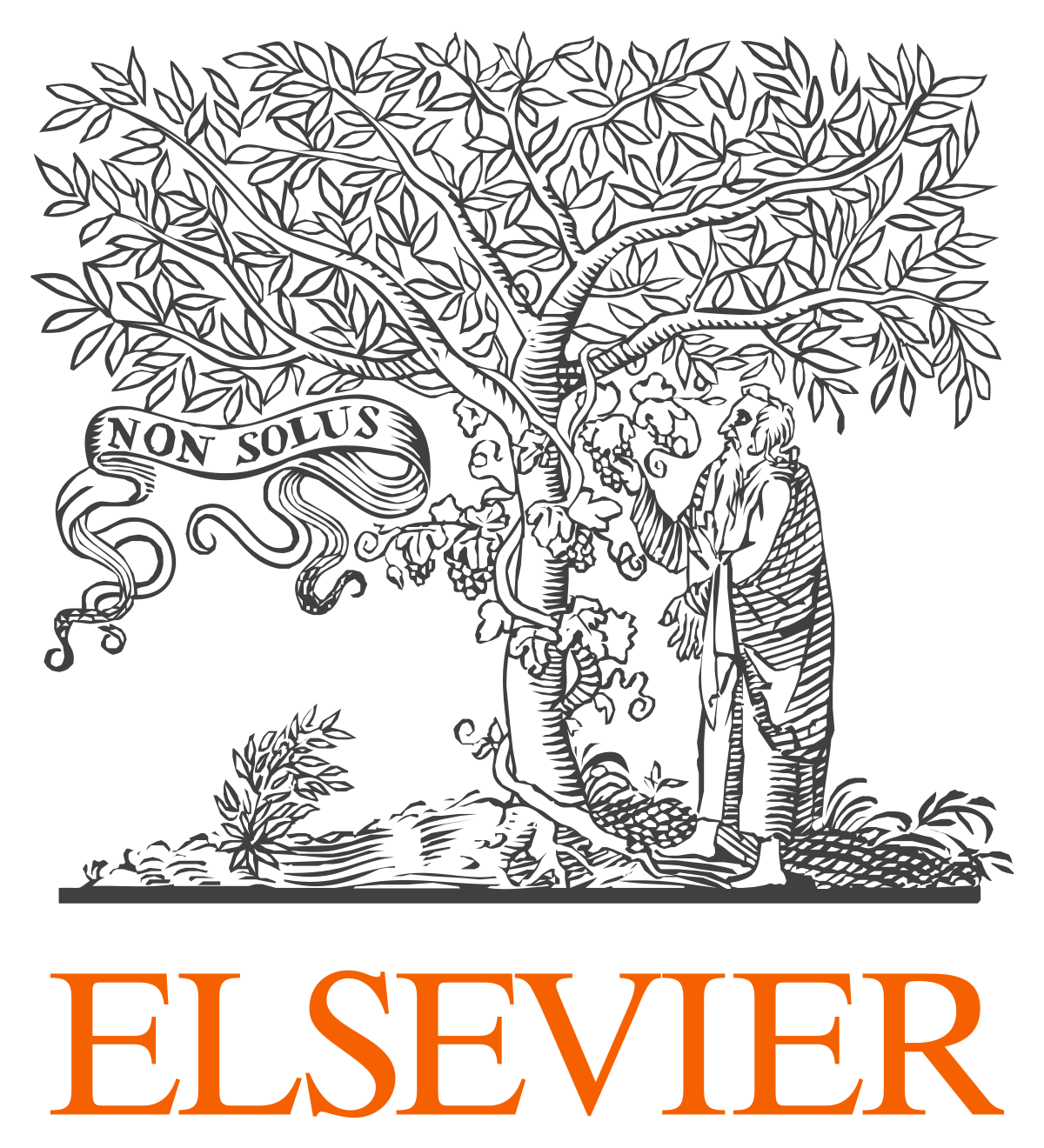An Investigation of the Relationship between Social Capital and Drug Addiction among the Youth in Drug Addiction Camps
Abstract
The purpose of this study was to investigate the relationship between social capital and drug tendency among the youth in drug addiction camps in Kuhdasht. The research method is a descriptive-correlational design. The statistical population consisted of 121 addicts in the camp who were selected by census as the sample. A researcher-made questionnaire was used to collect the data. After data collection, the data were analyzed using the multivariate regression statistical method for the main question and simple regression with Pearson correlation coefficient for sub-assumptions. The results of the main hypothesis demonstrated a significant relationship between social capital and drug tendency among the youth (Sig=0.000, P<0.05). The results also indicated a significant positive relationship between social trust and drug tendency among the youth (Sig=0.01, P<0.05). However, there was a significant negative relationship between social cohesion (Sig=0.000, P<0.05), social participation (Sig=0.009, P<0.05) and drug tendency among the youth. Given the impact that social trust, social cohesion, and social participation components of social capital have on youth tendency to addiction, appropriate conditions and contexts should be developed to drive young addicts to engage in social events such as expansion of organizations and associations. Voluntary and non-governmental organizations such as community associations should be given more value.




